Fungi are among nature’s most fascinating organisms, and one of the most visually stunning varieties is the oyster mushroom. These mushrooms, known for their delicate, fan-shaped caps and wide range of colors—from pearly white and golden yellow to deep pink and vibrant blue—bring a unique beauty to forests, fallen logs, and even urban gardens. Beyond their appearance, oyster mushrooms play an important role in the environment, offering both benefits and some potential disadvantages.

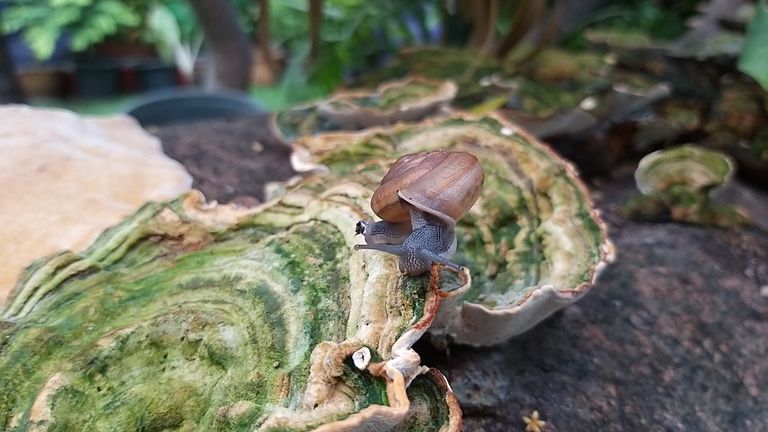

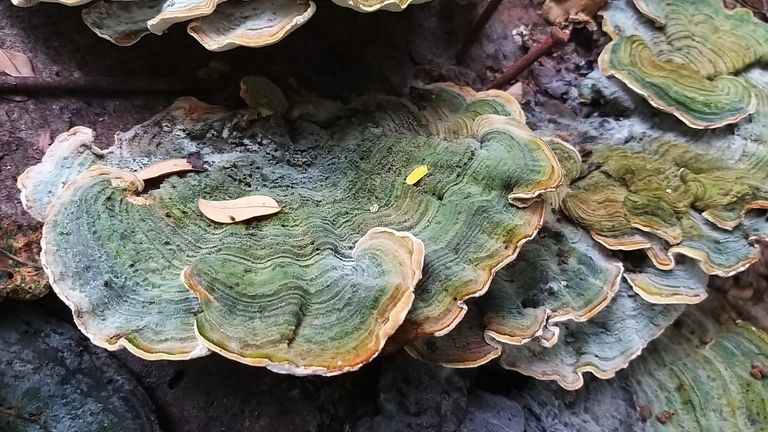
The Role of Oyster Mushrooms in Nature
Oyster mushrooms are saprotrophic fungi, meaning they feed on decaying plant material. They are commonly found growing on dead or dying trees, breaking down wood and other organic matter. This process helps recycle nutrients back into the ecosystem, enriching the soil and allowing new plant life to thrive.
Additionally, these mushrooms are among the fastest-growing fungi in nature. Their ability to spread quickly and decompose tough organic materials makes them essential for forest ecosystems. Without fungi like oyster mushrooms, dead plant matter would accumulate, slowing down the natural cycle of decomposition.
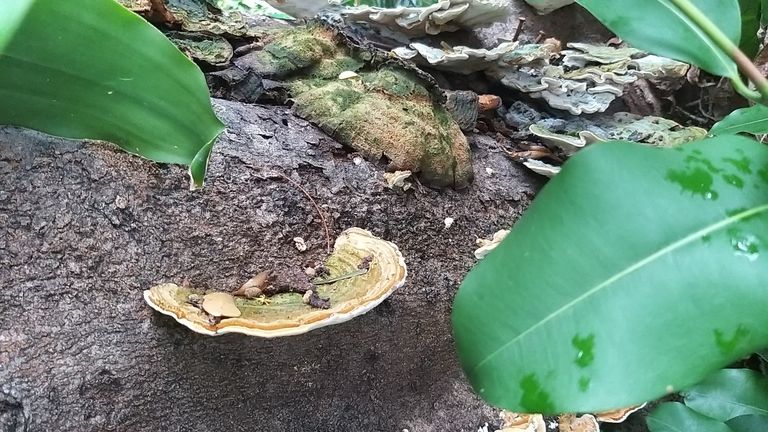
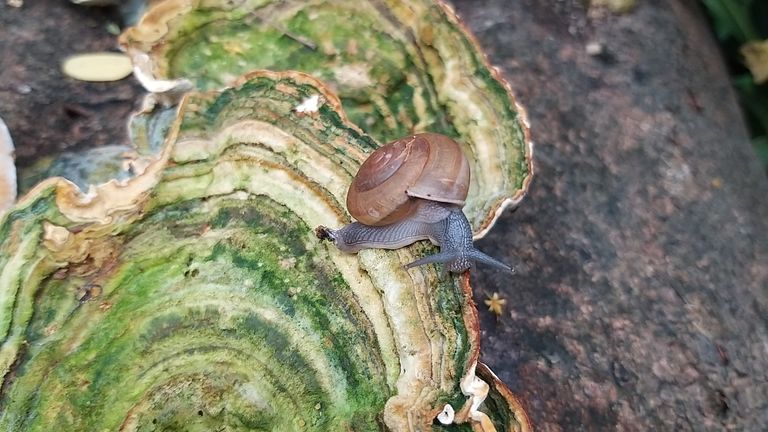
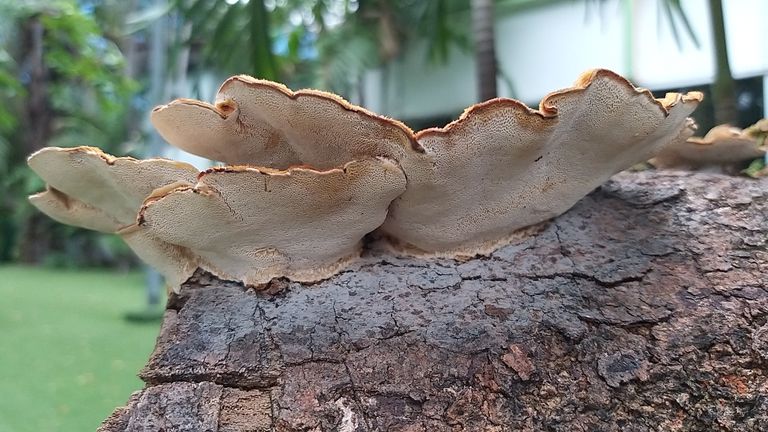
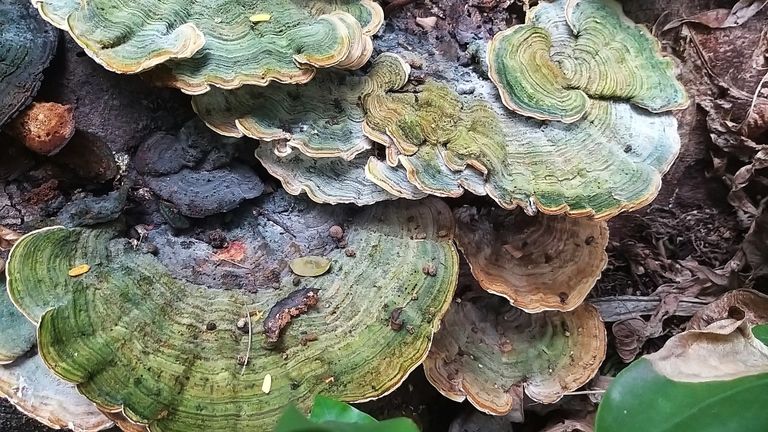
Environmental Benefits of Oyster Mushrooms
Natural Decomposers
- Oyster mushrooms help decompose dead wood, leaves, and other organic material, turning them into nutrient-rich soil. This promotes plant growth and maintains a healthy balance in forest ecosystems.
Bioremediation
- These fungi have the extraordinary ability to absorb and break down environmental pollutants, including heavy metals, petroleum, and even some plastic compounds. Scientists have studied their use in cleaning up contaminated soil and water.
Carbon Sequestration
- By decomposing organic matter, oyster mushrooms help regulate carbon levels in the ecosystem. They play a role in reducing carbon buildup by breaking down plant material efficiently.
Food Source for Wildlife
- Many insects, animals, and microorganisms feed on oyster mushrooms, making them an essential part of the food web. Even humans have cultivated and enjoyed these mushrooms for centuries due to their nutritional benefits.
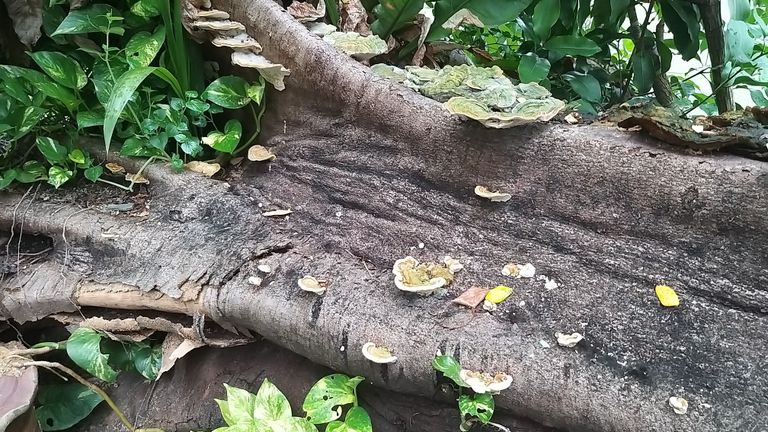
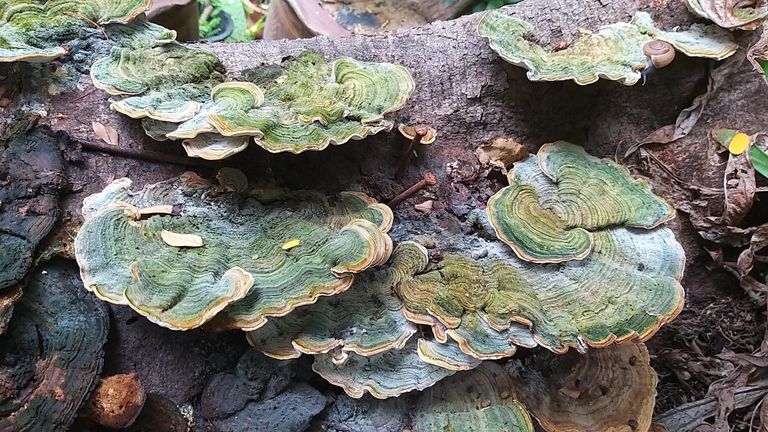
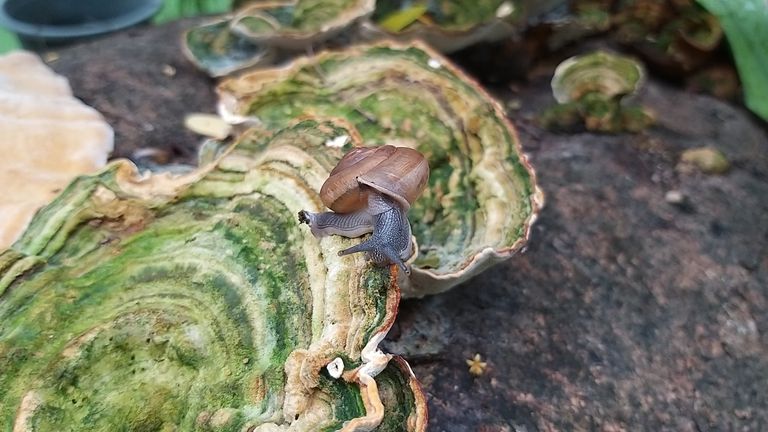
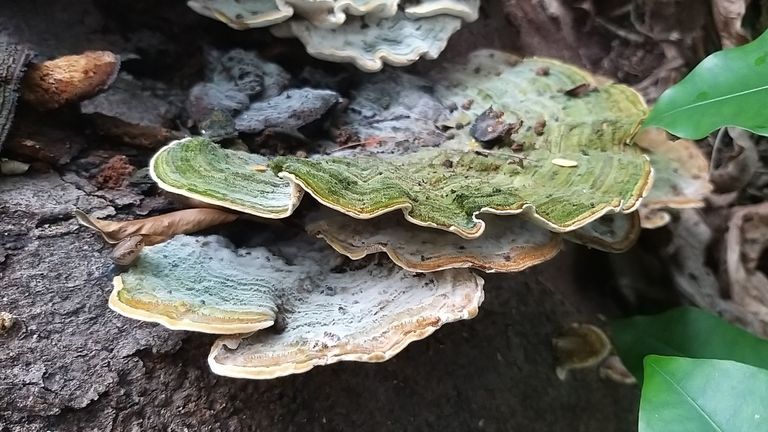
Disadvantages of Oyster Mushrooms in Nature
Aggressive Growth
- While their rapid decomposition is generally beneficial, oyster mushrooms can sometimes outcompete other fungi and organisms. In some cases, they dominate the decomposing process, reducing biodiversity in specific areas.
Tree and Crop Damage
- Although they mainly grow on dead trees, oyster mushrooms can sometimes infect weakened or stressed live trees, accelerating their decay. This can be problematic in orchards or forests where tree preservation is essential.
Spore Allergies
- Some people who cultivate or come into frequent contact with oyster mushrooms may develop allergic reactions to their spores, especially in enclosed spaces like mushroom farms. While not harmful to nature, this can be a concern for those working closely with these fungi.
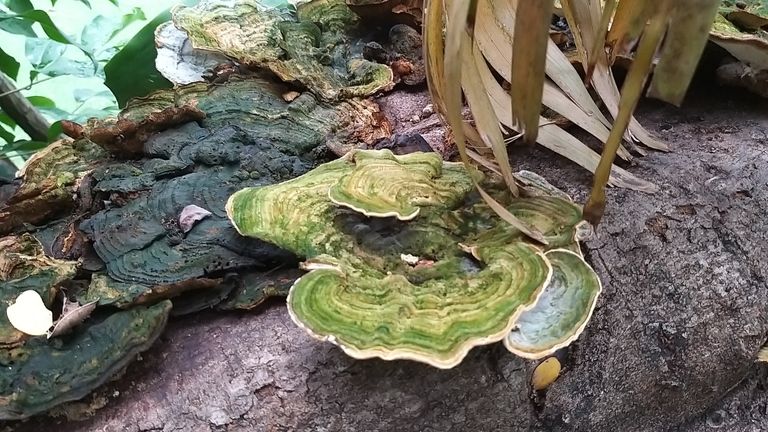

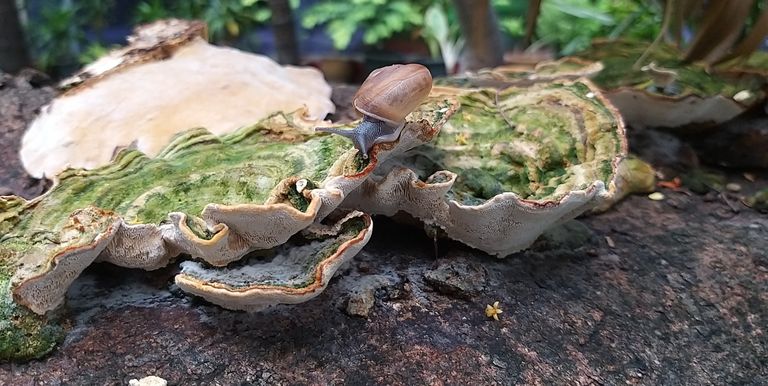
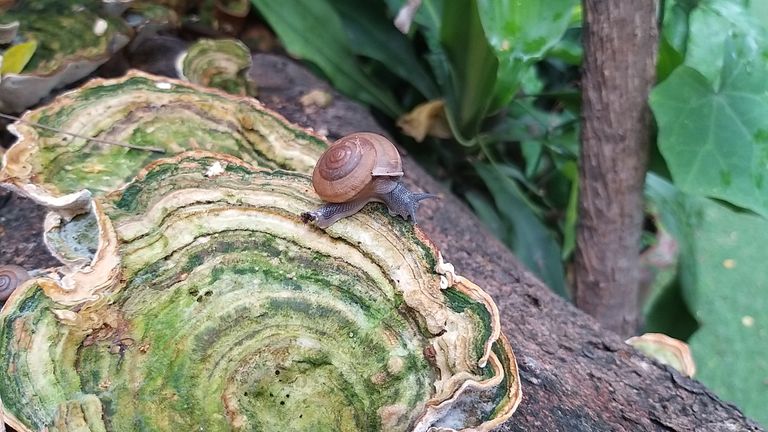
Conclusion: Nature’s Colorful Decomposers
Oyster mushrooms are among nature’s most beautiful and ecologically valuable fungi. Their ability to break down organic matter, purify the environment, and contribute to soil health makes them an essential part of the natural world. However, their aggressive growth and potential impact on certain tree species highlight the complex balance of ecosystems. Whether admired in the wild or cultivated for food and medicine, these colorful fungi remind us of the hidden wonders and intricate workings of nature.
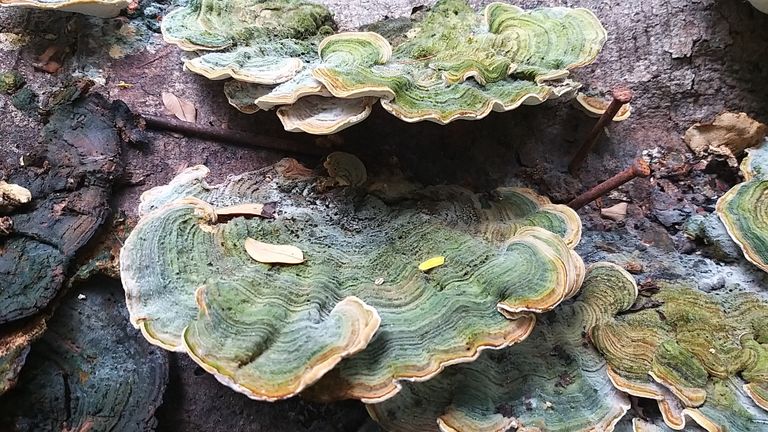
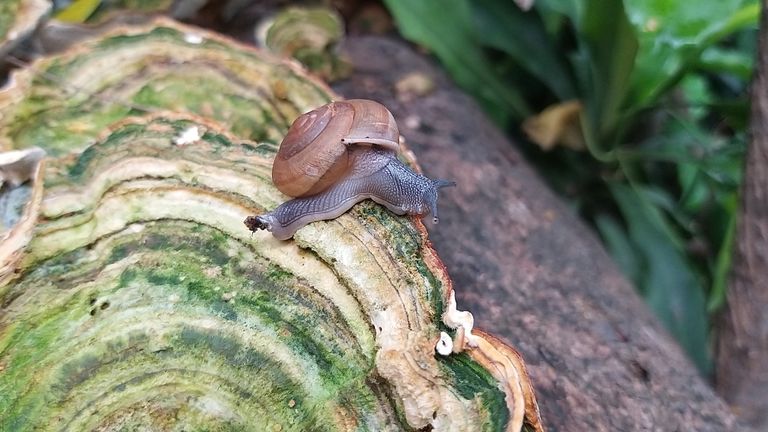
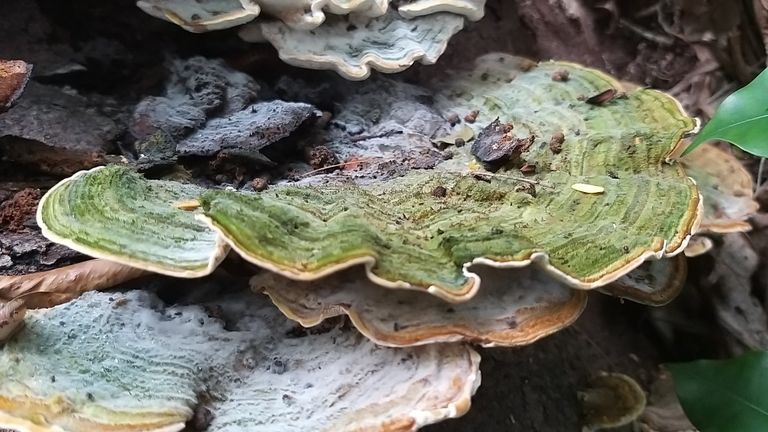
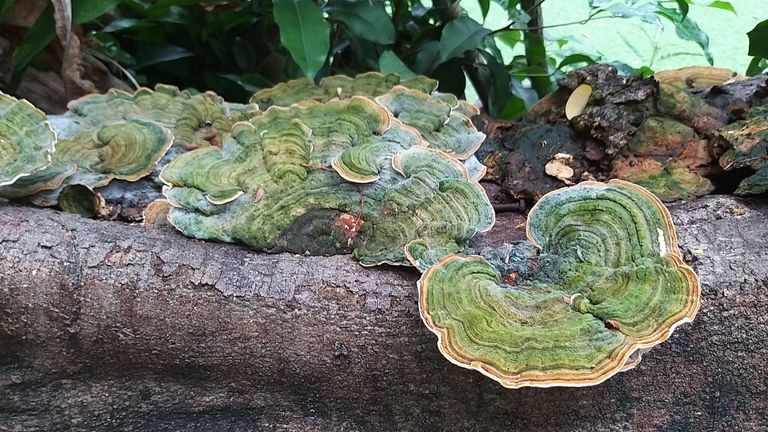

Congratulations, your post has been upvoted by @dsc-r2cornell, which is the curating account for @R2cornell's Discord Community.
Enhorabuena, su "post" ha sido "up-voted" por @dsc-r2cornell, que es la "cuenta curating" de la Comunidad de la Discordia de @R2cornell.
Hello @hangin! 🎉
Congratulations! Your post has caught the attention of the curator @baiboua from the Blurt LifeStyle community and has received our support. 🌟
We appreciate your contribution to the community and look forward to seeing more of your amazing content! Keep sharing your experiences and inspiring others. 🚀✨